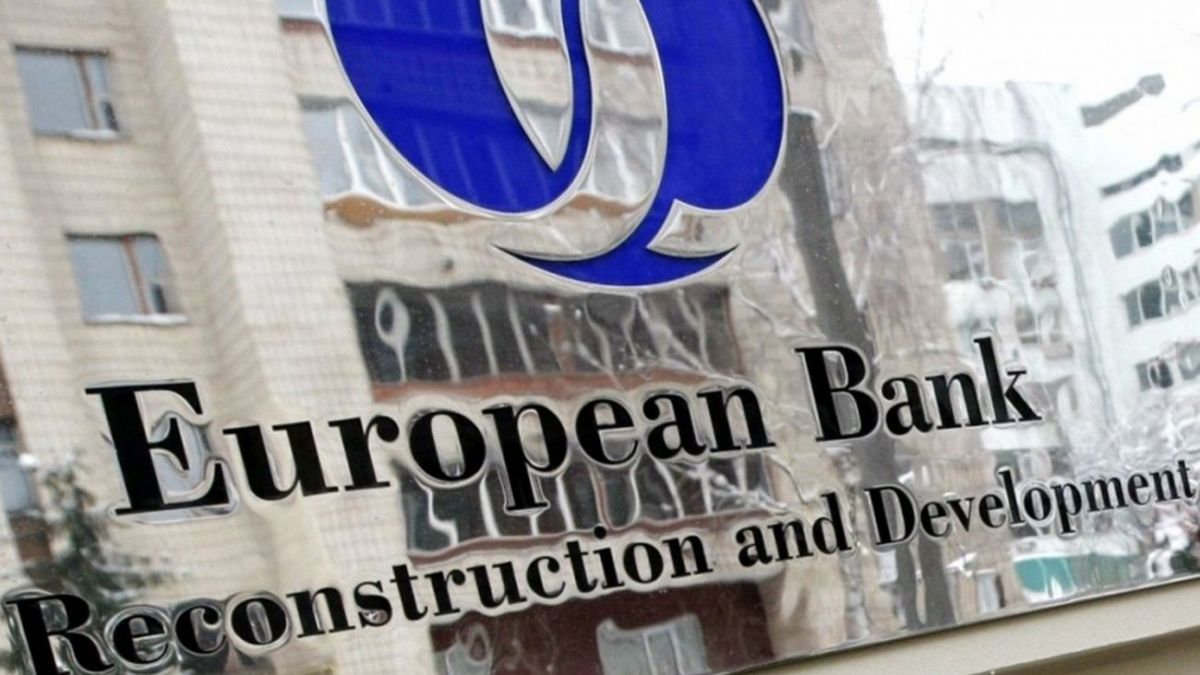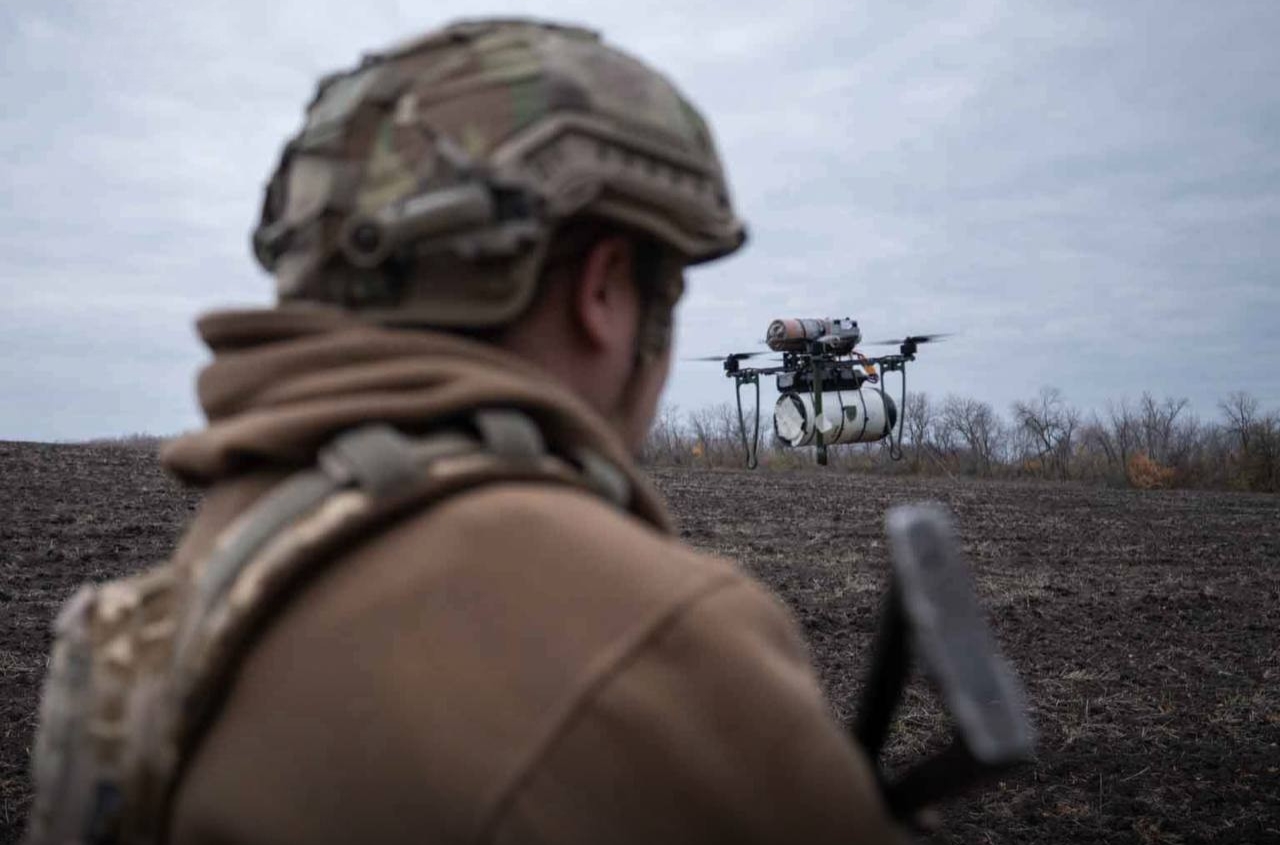The European Bank for Reconstruction and Development (EBRD) has revised down its forecast for Ukraine’s real GDP growth in 2025 from 3.3% to 2.5%, while keeping the 2026 forecast unchanged at 5.0%, assuming the end of Russia’s war against Ukraine.
“Real GDP growth in 2025 is forecast at 2.5%. Assuming the war ends and reconstruction begins, growth could reach 5% in 2026,” the latest EBRD flagship economic report states.
Despite ongoing Russian aggression, Ukraine has largely maintained macroeconomic stability. Real GDP grew by 0.9% year on year in the first quarter of 2025, driven by consumption and critical infrastructure investment, although labour shortages, damage to the energy infrastructure and weak agricultural exports continue to constrain growth.
The unemployment rate has dropped to a post-invasion low of 12%, but recruitment remains difficult due to mobilisation and emigration. The current account deficit widened by almost 50% in the period January to July 2025, reflecting high military and energy imports and weak exports.
The fiscal deficit is expected to reach 22% of GDP in 2025, with about US$ 40 billion in external financing—much of it sourced from the EU, G7 (using income from frozen Russian assets) and the IMF.
Inflation remains high, driven by food prices, utilities and rising real wages, but is gradually easing, declining from 15.9% in May to 13.2% in August 2025.
The central bank has kept its policy rate at 15.5% since March 2025 with the view to moderate inflation, while foreign reserves reached US$46 billion in August 2025—covering 5.5 months of imports and supporting exchange rate stability. Ukraine’s economic outlook is highly uncertain, depending on the war’s course, energy security and continued international support.
The government remains committed to macroeconomic discipline and structural reforms, 37 aiming to mobilise public revenue, increase investment, improve governance of state-owned enterprises and strengthen resilience of the financial sector.





















